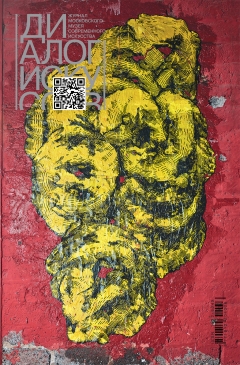There is no apparent reason for Jacques Lipchitz’s (1891–1973) retrospective exhibition in the Moscow Museum of Modern Art. But does the first and only exhibition in Russia of the artist who, together with Ossip Zadkine and Alexander Archipenko, developed avant-garde sculpture as part of the School of Paris, need any special reason? In 2015, the permanent display “The Jacques Lipchitz Room” opened in the Hermitage Museum. Fifteen Lipchitz’s works featured in it were donated to the museum by the Jacques and Yulla Lipchitz Foundation. In addition to this, the Pushkin Museum of Fine Arts has a version of Lipchitz’s sculpture "The Joy of Life" and a copy of his Dzerzhinsky’s portrait—in 1935, Lipchitz took part in a contest for a monument to Dzerzhinsky announced in the USSR. The real reason for his participation was to help his relatives that had been arrested in Moscow. He won the contest, but could not help his relatives. Despite the fact that Lipchitz left behind a large number of works, there are no works of his in Russian museums, except for the above-mentioned pieces.
Lipchitz ventured into various styles: from almost traditional realism, string-like “transparent” early sculptures and “naive cubism” to dynamic expressionistic language in the sculptures of the 1930s, late monumental pieces and sculptures produced in the “semi-automatic” technique of his own invention.
Lipchitz was always progressing toward success and had no failures. Only seven years passed between his first par- ticipation in the Salon d'Automne (1913) to his first solo exhibition at the Galerie de l'Effort Moderne (1920). In 1922, he joined L ́Esprit Nouveau, founded by Le Corbusier. Le Corbusier became Lipchitz’s friend and subsequently designed a house with a workshop for him. During the war, the sculptor's works were buried in the courtyard of the house. In this way, his brother Rubin—the only member of Lipchitz’s family who followed him to Paris and took part in the Resistance, a hero and Lipchitz’s manager during his American period—preserved his legacy. Lipchitz’s sculptures “Prayer,” “Miracle,” “The Wanderer,” “Mother and Child,” installed in Israel, serve well enough to understand how deeply the sculptor was touched by the disastrous destiny of European Jews. He repeatedly returned to his old subjects, interpreting them in new ways in attempts to reevaluate history.
DI # 6-2018




